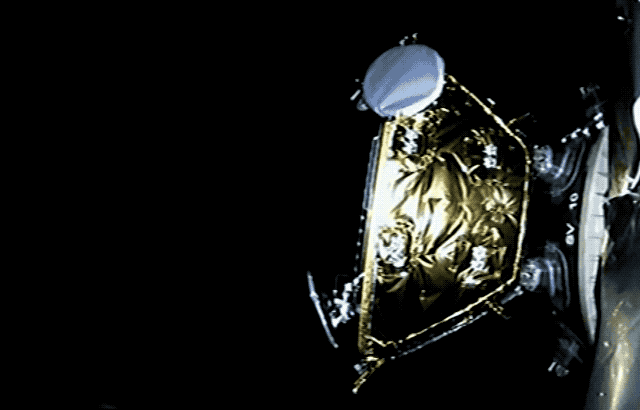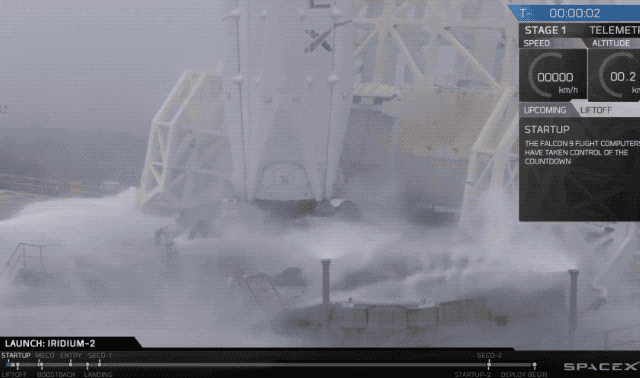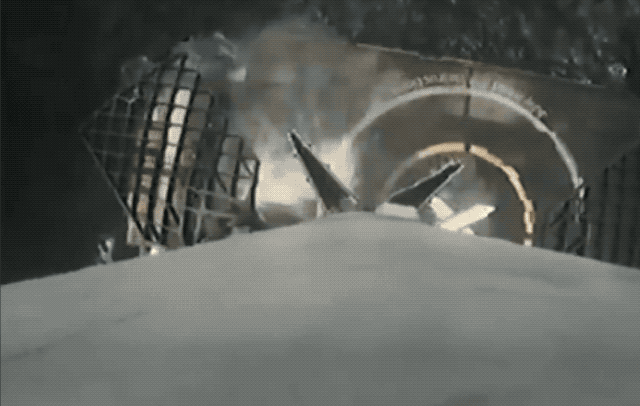SpaceX has succeeded in launching another Falcon 9 into space, this time for client Iridium, a global satellite telecommunications provider. The Iridium-2 mission on Sunday saw a Falcon 9 take off from SpaceX’s Vandenberg Air Force base in California, with a payload of 10 satellites destined to become part of Iridium’s NEXT constellation, which will comprise 75 satellites in total once SpaceX has launched them all, creating a network that Iridium says will allow anyone on Earth to contact anyone else, anywhere else on Earth.
SpaceX also managed to land the Falcon 9 first stage on its autonomous ocean-borne landing barge, despite tricky conditions. Just ahead of launch, SpaceX founder Elon Musk noted that the drone ship “Just Read The Instructions” had to be repositioned at a late stage due to extreme weather conditions, which would result in less chance of a successful recovery.
The mission also included the first ever use of a new grid fin system on a Falcon 9 first stage. Grid fins are used to help steer and orient the reusable first stage of a Falcon 9 rocket as it re-enters the Earth’s atmosphere and returns to the planet’s surface. The new grid fins used on this rocket were made of solid titanium, instead of shielded aluminum. This should allow SpaceX to reuse without any refurbishment required, lessening the time and money cost of relaunches further still.
SpaceX launched another Falcon 9 just a couple of days ago, for client Bulgaria Sat. The rocket used for that mission was previously used for SpaceX’s first Iridium launch, which took place in January, and SpaceX once again recovered the first stage aboard its Atlantic Ocean drone ship “Of Course I Still Love You.”
Approximately an hour after launch, the Falcon 9 second stage successfully deployed all 10 of the Iridium NEXT satellites to their target orbits, which means it looks like total mission success for SpaceX as of right now.


